Look for products containing phycocyanin and polysaccharides
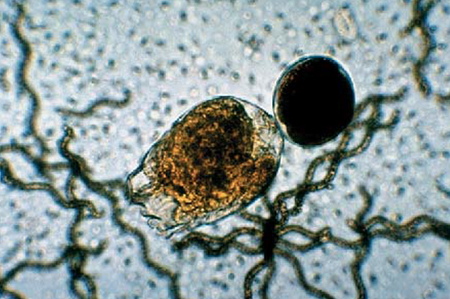
Spirulina platensis is an edible planktonic filamentous bluegreen algae used as a human health food around the world. This product is highly nutritious and safe when produced in controlled culture. It is also used as an ingredient in fish feeds and as a supplement when feeding prawn larvae.
Wild Spirulina is often found in warm alkaline lakes such as those in the Great Rift Valley of Africa, where it is the main food source for vast flocks of the Lesser Flamingo. Commercial Spirulina is a fine, dry powder, easily rehydrated. High quality, commercial Spirulina is usually spraydried. When rehydrated, the strands come apart as individual cells. These reconstituted cells are about 5 to 10 microns in size, and are easily eaten by the larvae.
Why use spirulina?
Spirulina is a rich source of protein, vitamins, minerals, and pigments (Table 1). It also enhances the non-specific immune system, increasing the state of readiness of natural defenses. The combination of nutrients, pigments and immunostimulants explains reports of dietary Spirulina yielding better growth, reduction of stress and better appearance.
Henson, Typical nutritional composition of spray-dried Spirulina powders, Table 1
| Crude protein | 60% |
| Carbohydrate | 20% |
| Fats | 5% |
| Minerals | 9% |
| Moisture | 6% |
| Carotenoids (red/yellow) | 0.3% |
| Chlorophyll (green) | 1.0% |
| Phycocyanin (blue) | 12.5% |
Fish have a fairly sophisticated immune system, similar in many ways to other vertebrates, and respond well to Spirulina. Studies at the USDA Fish Disease Laboratory have demonstrated that feeding fish for just one week on a Spirulina diet significantly improved the function of the immune system. Spirulina-fed fish had enhanced nonspecific cellular immune responses such as chemotaxis and phagocytosis. Spirulina-fed fish also produced significantly higher antibody titers to a thymus-dependent antigen. Japanese fish farmers use Spirulina because including even small amounts in a fish diet increases survival rates and improves appearance. The fish have a thicker mucous coat, healthier skin, richer color and more consistent growth.
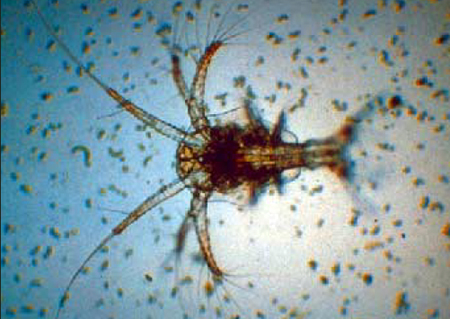
Shrimp have a more primitive immune system than fish, but it is capable of being stimulated by Spirulina. Information from China shows feeding with Spirulina resulted in a 23 percent increase in survival and 5 percent increase in size, with the size range being much more uniform. Color was improved and it was observed that the larvae were more resistant to stress.
Phycocyanin (a polypeptide) and Spirulina polysaccharides are two of the key immunoactive substances Spirulina delivers. These substances are being studied for health benefits to humans and high-value animals. When preparing feeds, care should be taken to use a Spirulina source with the highest possible amounts of these substances. Spirulina can vary in amounts of phycocyanin, and a source with at least 10 percent phycocyanin content should be used.
How to feed spirulina
Fish larvae can be fed Spirulina either through gut-loaded rotifers and artemia, or through formulated microparticulate diets. Spirulina powder mixes easily with other ingredients for pelletizing. Care should be taken not to overheat the product. Temperatures high enough to denature carbohydrates will destroy the beneficial properties found in Spirulina.
What about shrimp? Spirulina can be fed directly to the larvae of Penaeus vannamei at 20 mg of dry powder per one cubic meter of tank capacity at zoea; 2.0 grams at mysis, and at 0.5 grams for postlarvae. Some shrimp species should be fed more than others: Penaeus monodon should be fed about double or more than P. vannamei. The basic method may be adapted to other species and local conditions.
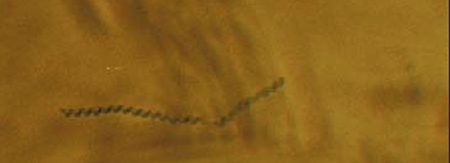
Best results are achieved when Spirulina is used in combination with fat-rich, live algae like diatoms. Spirulina powder is very rich in protein and vitamins, but does not contain enough fat for growing larvae. Fat-rich diatoms, together with dried Spirulina, can form an ideal diet that results in very strong postlarvae. Dried Spirulina may be used at each feeding, or the hatchery operator may want to alternate it with a high quality, artificial microparticulate diet, and artemia, depending on local conditions and availability.
High-quality Spirulina is produced in aquaculture operations for a consistent, safe and effective product. Spirulina is cultured in farms in the U.S., Thailand, China and India using very shallow, raceway-type ponds lined with either plastics or concrete. The highly-alkaline, high-pH pure culture is stirred with paddlewheels and harvested with microscreens, then spray-dried. Harvested effluent is usually returned to the cultivation ponds.
Live Spirulina, especially marine species, should not be used for larviculture. Shrimp larvae will become entangled in the coiled strands. Good quality Spirulina is dark green, dry, dusty and has a unique smell and a mild seaweed- like taste. Spirulina suitable for larviculture is available from aquaculture supply distributors as well as directly from Spirulina growers.
(Editor’s Note: This article was originally published in the February 2000 print edition of the Global Aquaculture Advocate.)
Now that you've reached the end of the article ...
… please consider supporting GSA’s mission to advance responsible seafood practices through education, advocacy and third-party assurances. The Advocate aims to document the evolution of responsible seafood practices and share the expansive knowledge of our vast network of contributors.
By becoming a Global Seafood Alliance member, you’re ensuring that all of the pre-competitive work we do through member benefits, resources and events can continue. Individual membership costs just $50 a year.
Not a GSA member? Join us.
Author
-
Ronald H. Henson
Earthrise Nutritionals
P.O. Box 459
Tollhouse, CA 93667[109,111,99,46,101,115,105,114,104,116,114,97,101,64,110,111,115,110,101,104,114]
Tagged With
Related Posts
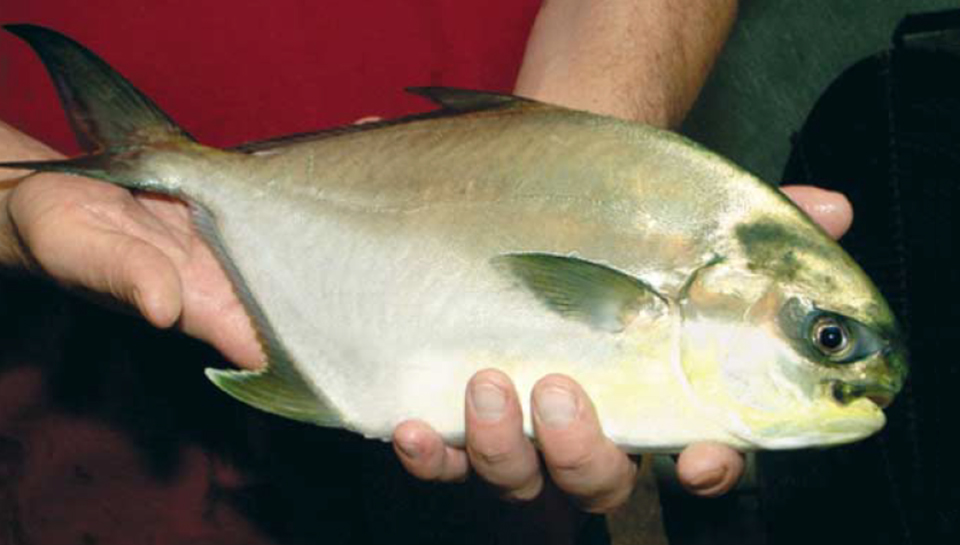
Health & Welfare
Captive reproduction, larviculture of Florida pompano
U.S. trials indicated wild-caught pampano could be feed trained and spawned in captivity via hormonal induction. Observations of fecundity, egg fertilization rates, and spawning frequency suggested that quantities of pompano seedstock could be produced over time. Although survival during test larviculture was low, the trials showed pompano larvae can be reared following standard commercial practices.
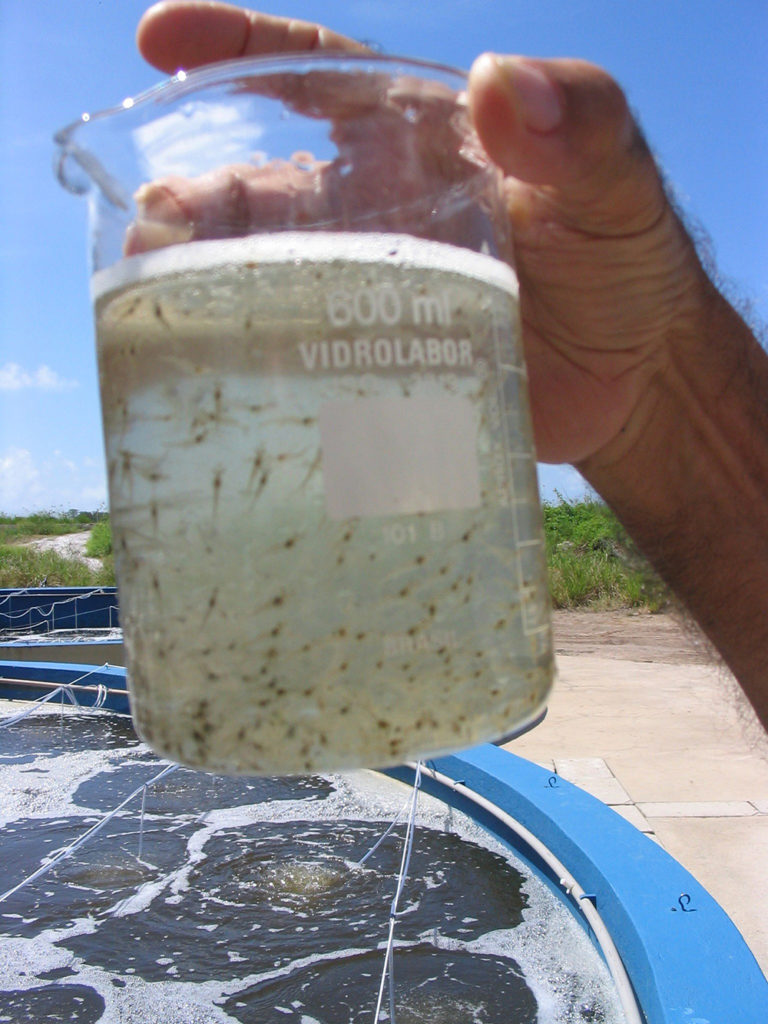
Health & Welfare
A study of Zoea-2 Syndrome in hatcheries in India, part 2
Indian shrimp hatcheries have experienced larval mortality in the zoea-2 stage, with molt deterioration and resulting in heavy mortality. Authors considered biotic and abiotic factors. Part 2 describes results of their study.
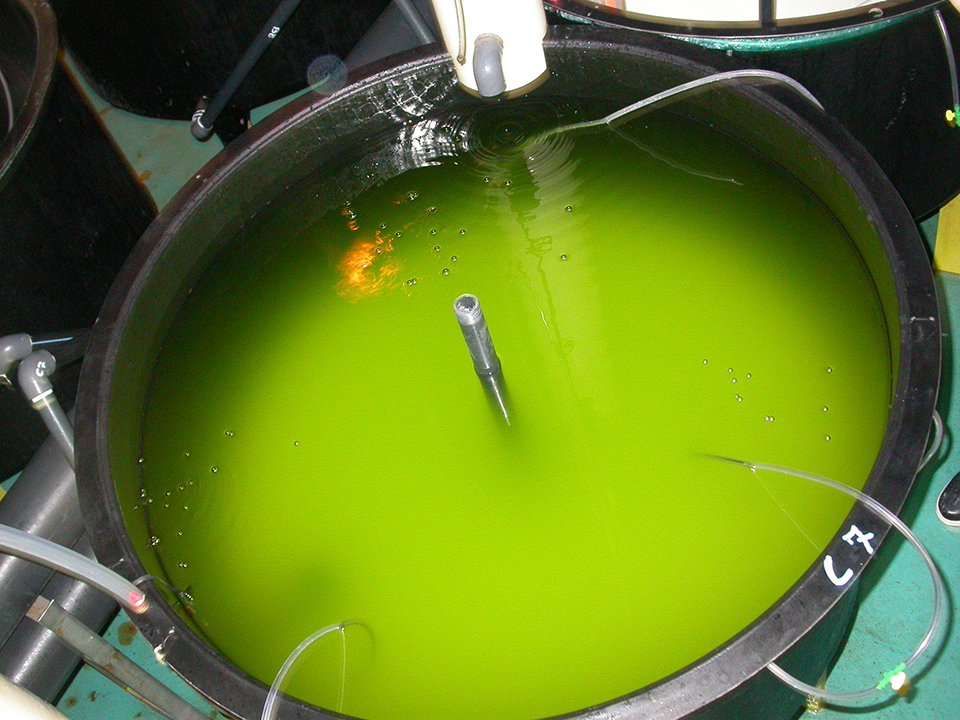
Health & Welfare
Algae alternatives serve in larval rearing of sea bream
Sea bream fry are produced using the greenwater technique in which microalgae are added to larval-rearing tanks during the first 20 to 30 days after hatching.

Innovation & Investment
Artemia, the ‘magic powder’ fueling a multi-billion-dollar industry
Artemia, microscopic brine shrimp used as feed in hatcheries, are the unsung heroes of aquaculture. Experts say artemia is still inspiring innovation more than 50 years after initial commercialization. These creatures are much more than Sea-Monkeys.


